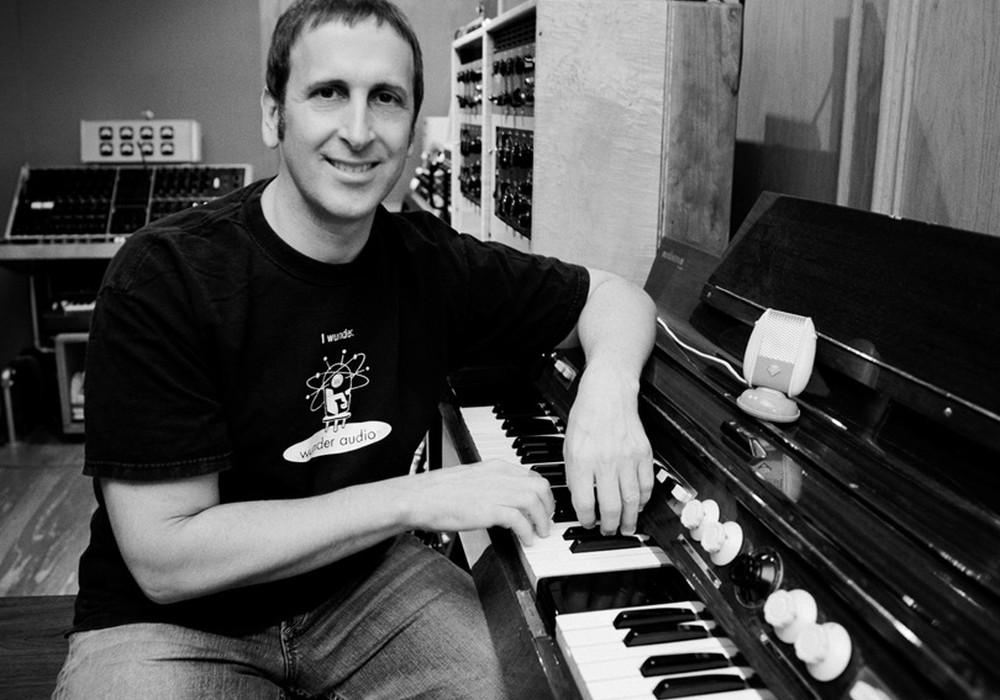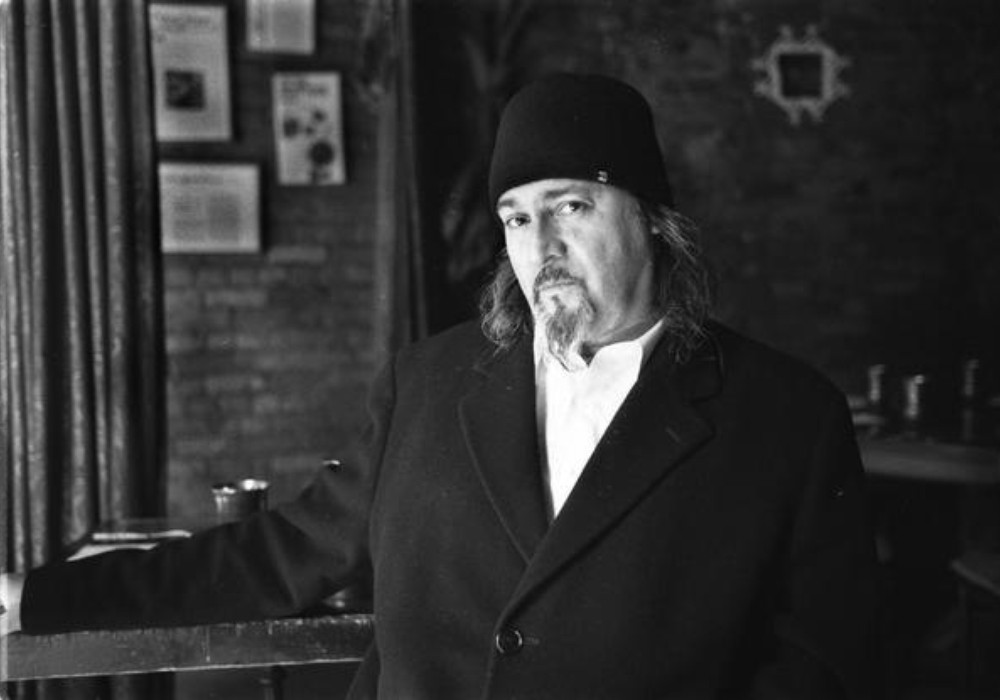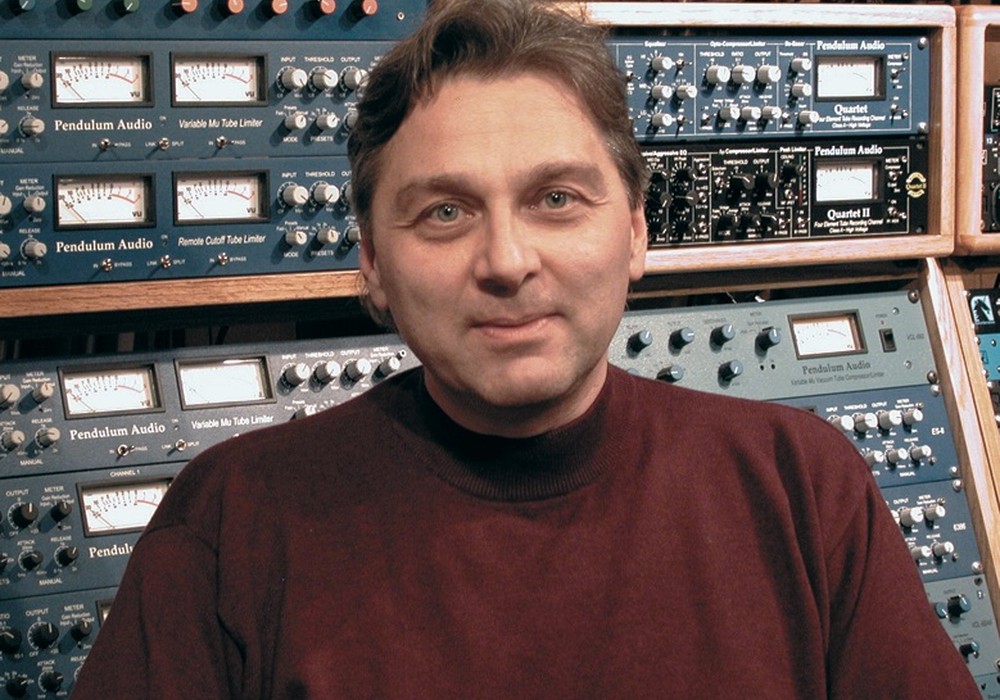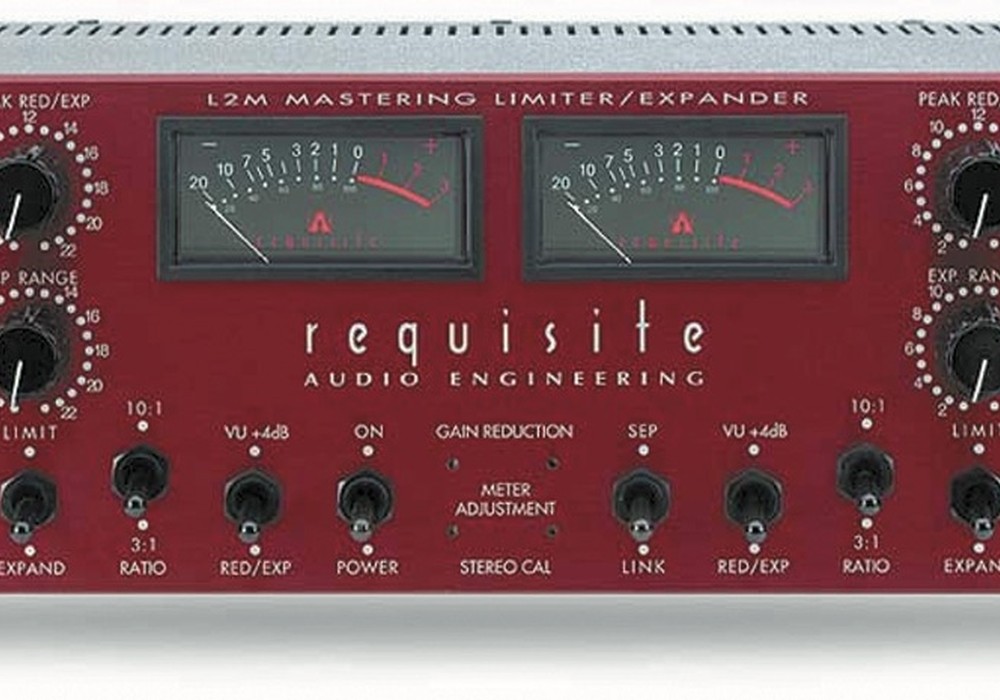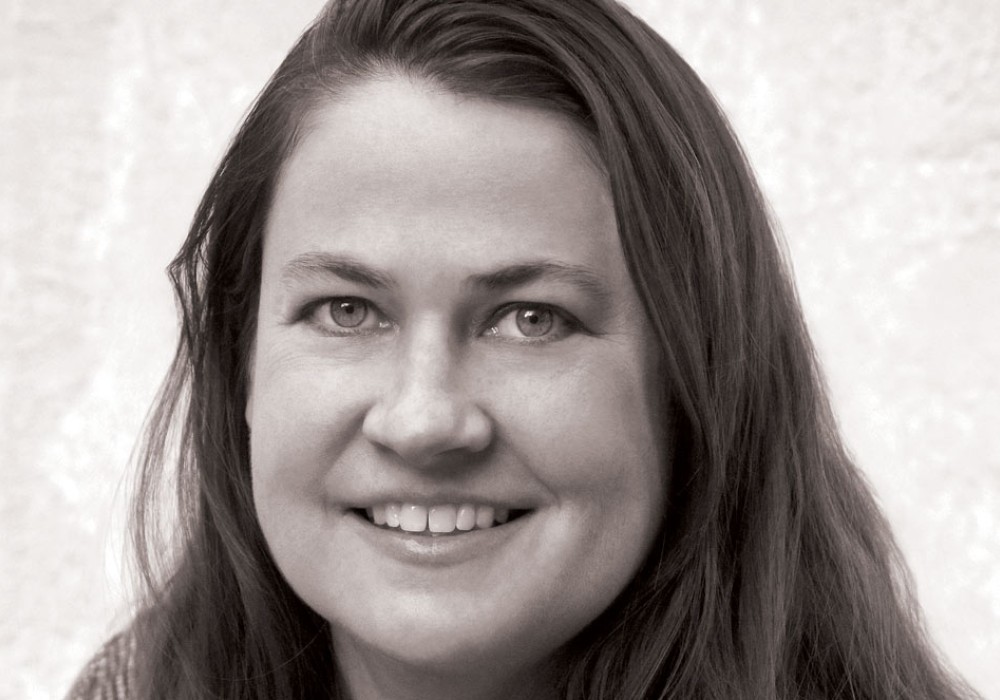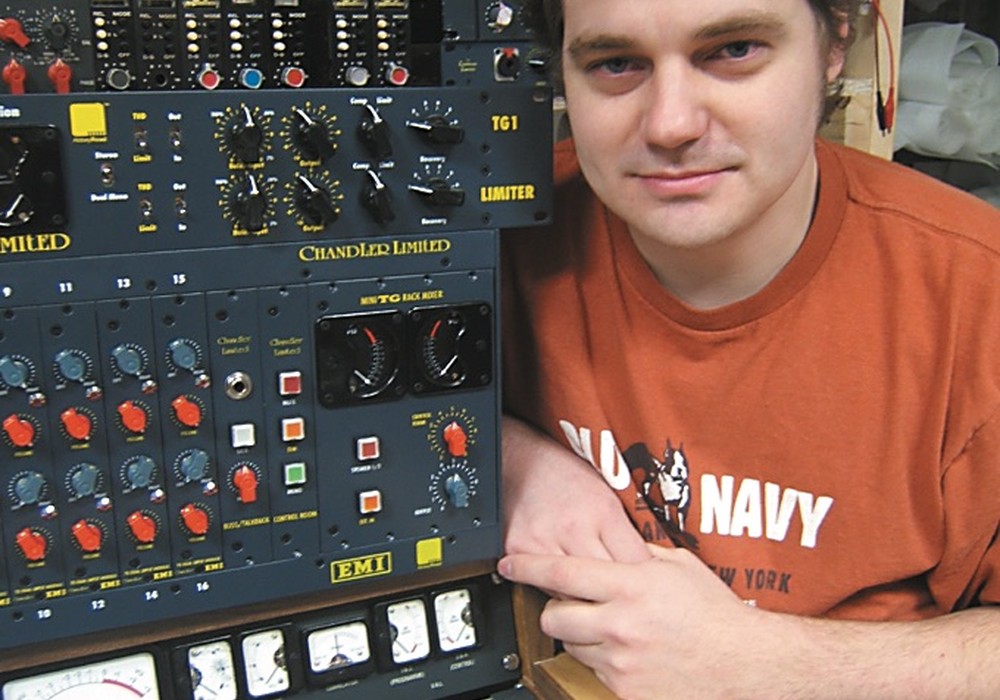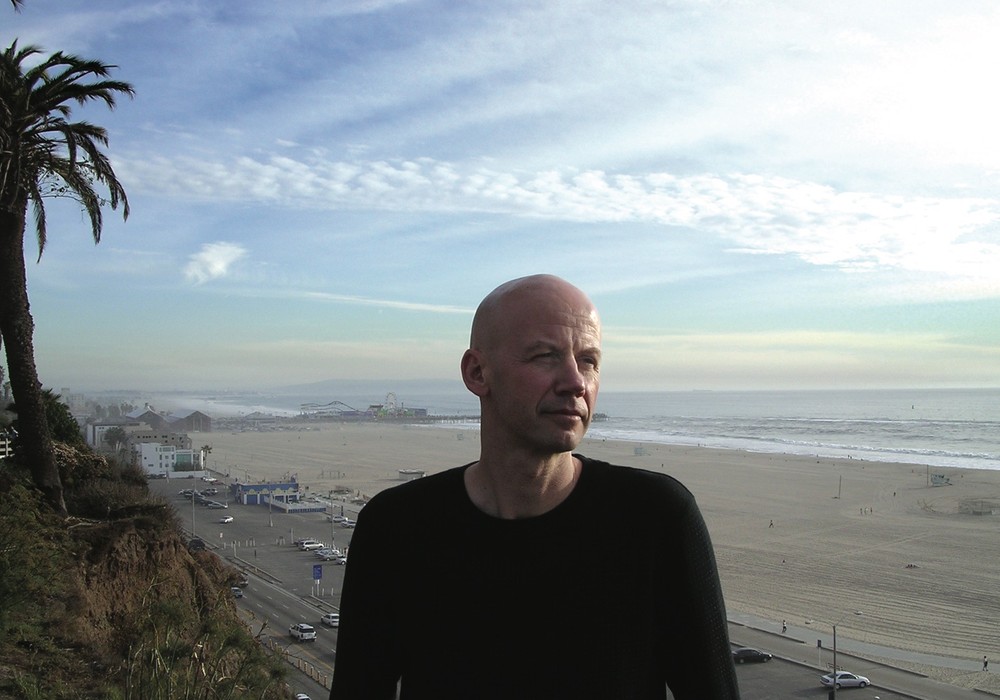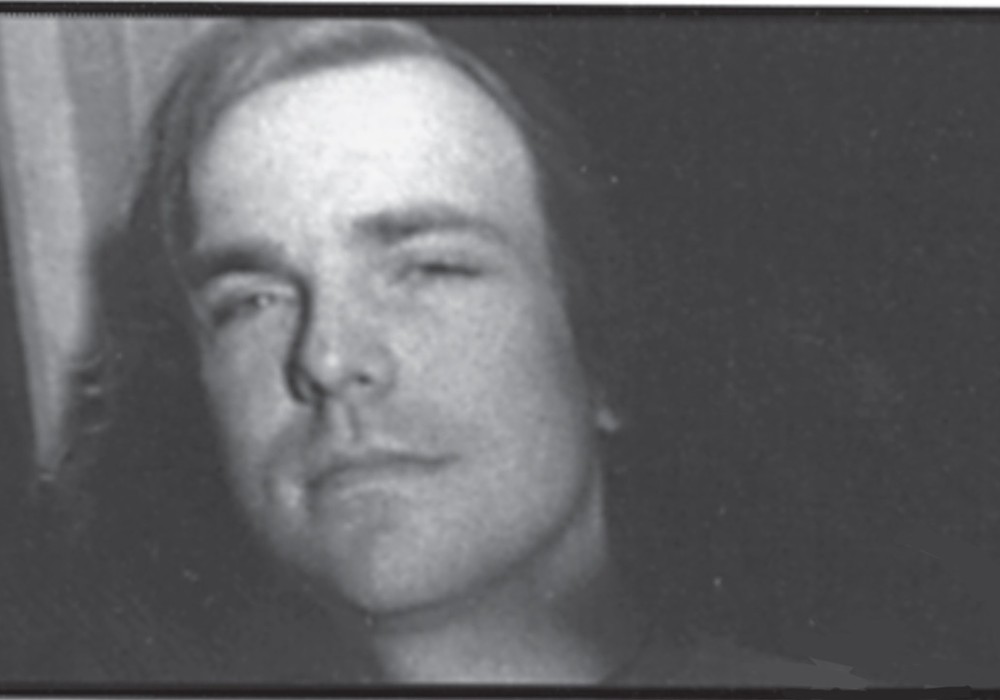Ted Fletcher can't get away from music. Originally trained as a civil engineer, he started taking gigs as a session singer at local studios. Before long, the gigs became full-time and he was working with legendary producer Joe Meek [Tape Op #100]. Combining his technical aptitude and love of audio, Mr. Fletcher began building his own gear. He started the Alice mixer manufacturing company, which became a prominent maker of audio desks. After a while he decided to get away from the music industry. He spent several lucrative years building custom technology for the financial services industry. In 1991 he tried a partial retirement — but you can only run from yourself for so long. Before he knew it, he was building a new compressor out of available parts and started the Joemeek series of audio products. Ted no longer runs the Joemeek line, and is now the man behind TF Pro — luckily for us, he's still going strong and is still really enthusiastic about audio. I was fortunate to catch up with Ted Fletcher at TapeOpCon 2006. I had so many questions I was dying to ask him — especially about that choice of green.
You fell in love with compression...
...from the origins really. I started in the mid-'60s. I got into the music business as a session singer, but I was always interested in equipment. I had always been an electronic hobbyist. But in the 1960s, recording gear was in its infancy (by modern standards). It was extremely simple and extremely expensive. The young guys, which included me at the time, would have to make do with what we could find in film studios and radio broadcast studios, or design and manufacture our own stuff. That's where I got into it. I'd worked with a number of producers, most notably Joe Meek. I was part of his regular backing vocal group. In fact, we were on almost every song he made from 1962 up to sometime in 1965, which probably amounted to two to three hundred singles. So, in addition to spending a lot of time in the studio, it happened to be a time of enormous expansion of technique — and gear, too.
Could you walk me through that evolution?
We started out working in mono. We developed techniques of tracking (in the old sense) where we would record the backing track on a full track of quarter-inch tape. Then, we would erase half of the track and record on that half. Then, we would mix the two together while recording a new track. So, you ended up with three tracks, without the generational loss of having bounced numerous times. So that was where I really got interested in gear.
Was it the gear or working with Meek or both? He was a notorious experimenter!
Well, Joe Meek was really a fiend about compression. He played around with some existing American equipment that was available at the time from Fairchild. We also played around with photoelectric compression, but it was in a very simple capacity. We used conventional tungsten filament lamps and cadmium sulfide cells. There was a little power amp to drive the lamp, which was really a terrible way to go about things — but it worked.
Where did you source parts at that time? There was no audio electronics mega store or chains like Radio Shack on every block.
It was mostly military surplus stores. And we would strip parts out of old military radios. Bear in mind that everything was tube. As the industry grew, parts started to become available. Eventually in Europe, some suppliers started to pop up.
When did you decide to start making gear to sell?
It kind of just came about. By 1969 there were a bunch of studios in the vicinity of Denmark Street and the owners would come in and ask how we got a sound or an effect. Of course, it would be one of our homemade equalizers or compressors. They would borrow that, but they would never give it back. Then I would have to go make another one. Eventually, it transpired that it became economical to start a company to make equipment. The first was the Alice Mixer Company in 1969. Alice went on to develop quite large mixer consoles for movie companies in the U.K. And then we moved on to production desks for broadcast, which included the BBC and commercial radio stations.
So, how did you make the transition from large format and specialized consoles to the various compressor and rack gear designs?
I didn't really get involved in esoteric designs for compressors and things during the Alice days. I mean, they were part of the console and there were designs around, but I got disenchanted with it in the 1980s and wanted a break from consoles. At that point someone had approached me to use my expertise in other areas. In particular, I was asked to design a system for the financial industry that allowed people around the world to communicate simultaneously using speakers and microphones. Now, this was right up my alley, because I had been doing something similar for the BBC for radio phone-in programs. So, for a time I moved out kind of sideways from the conventional audio business.
Did that use telephone lines?
Yes, exactly. It was for instant trading. The important...
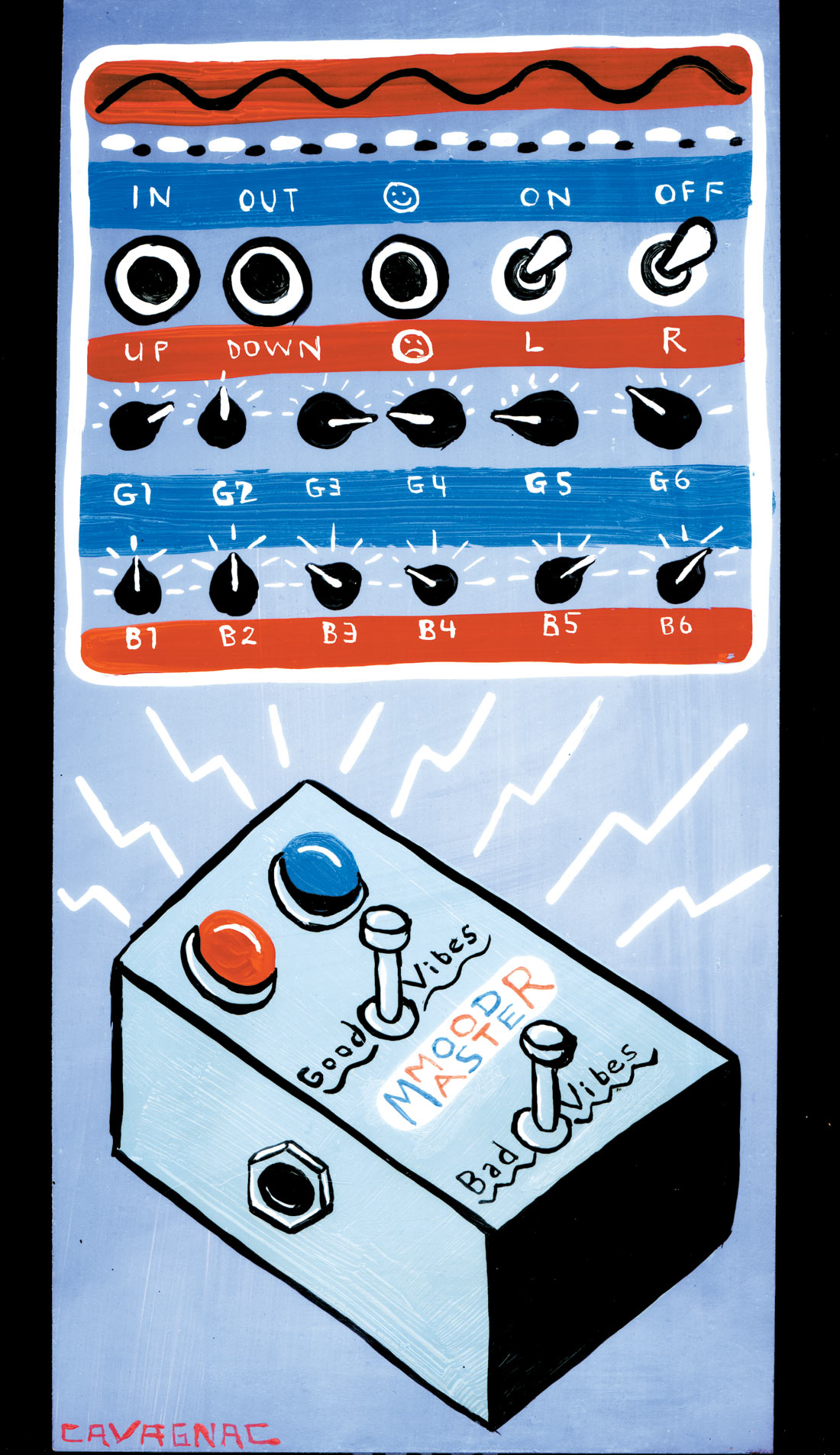

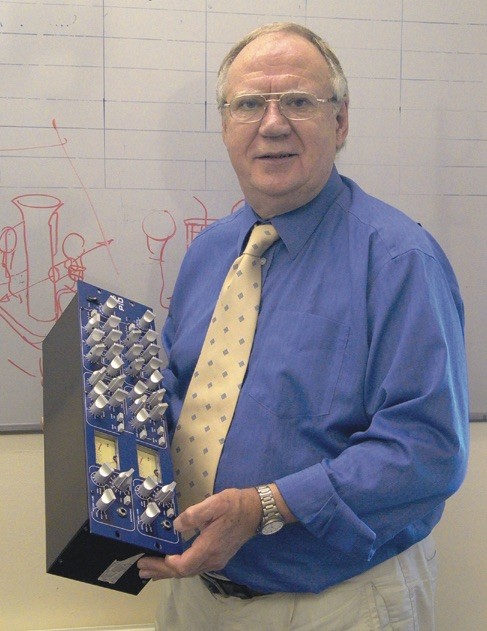


_disp_horizontal_bw.jpg)
